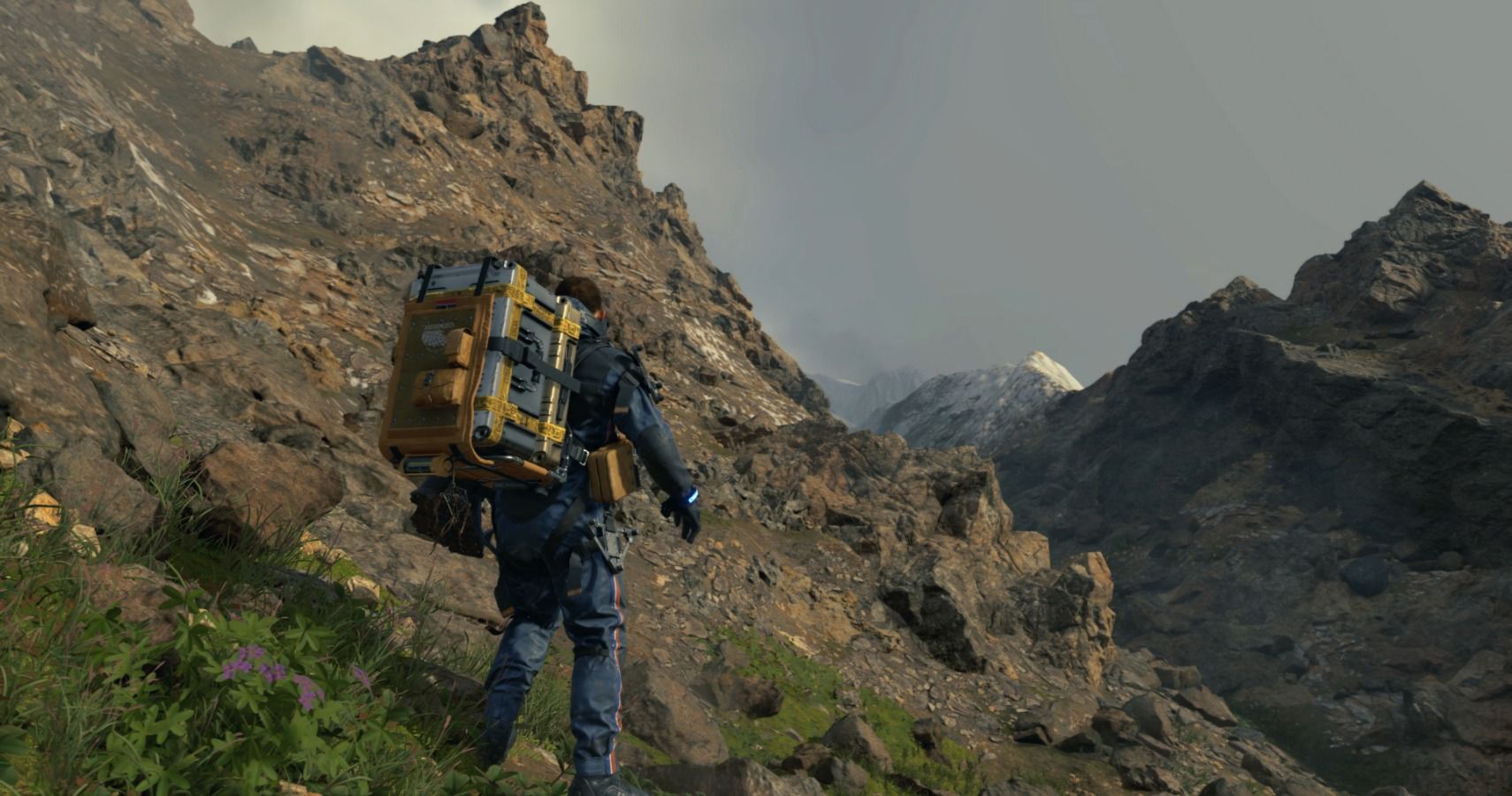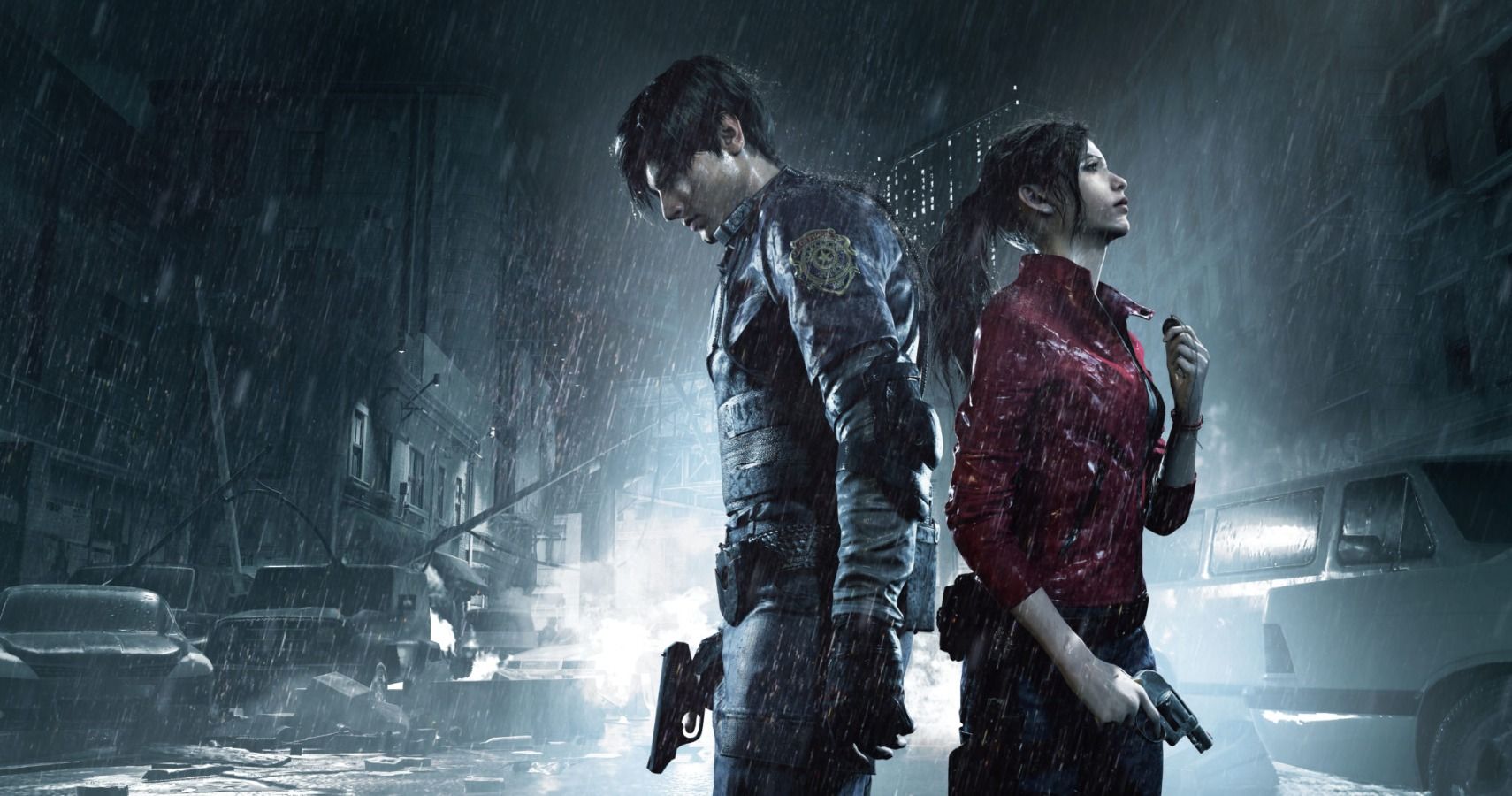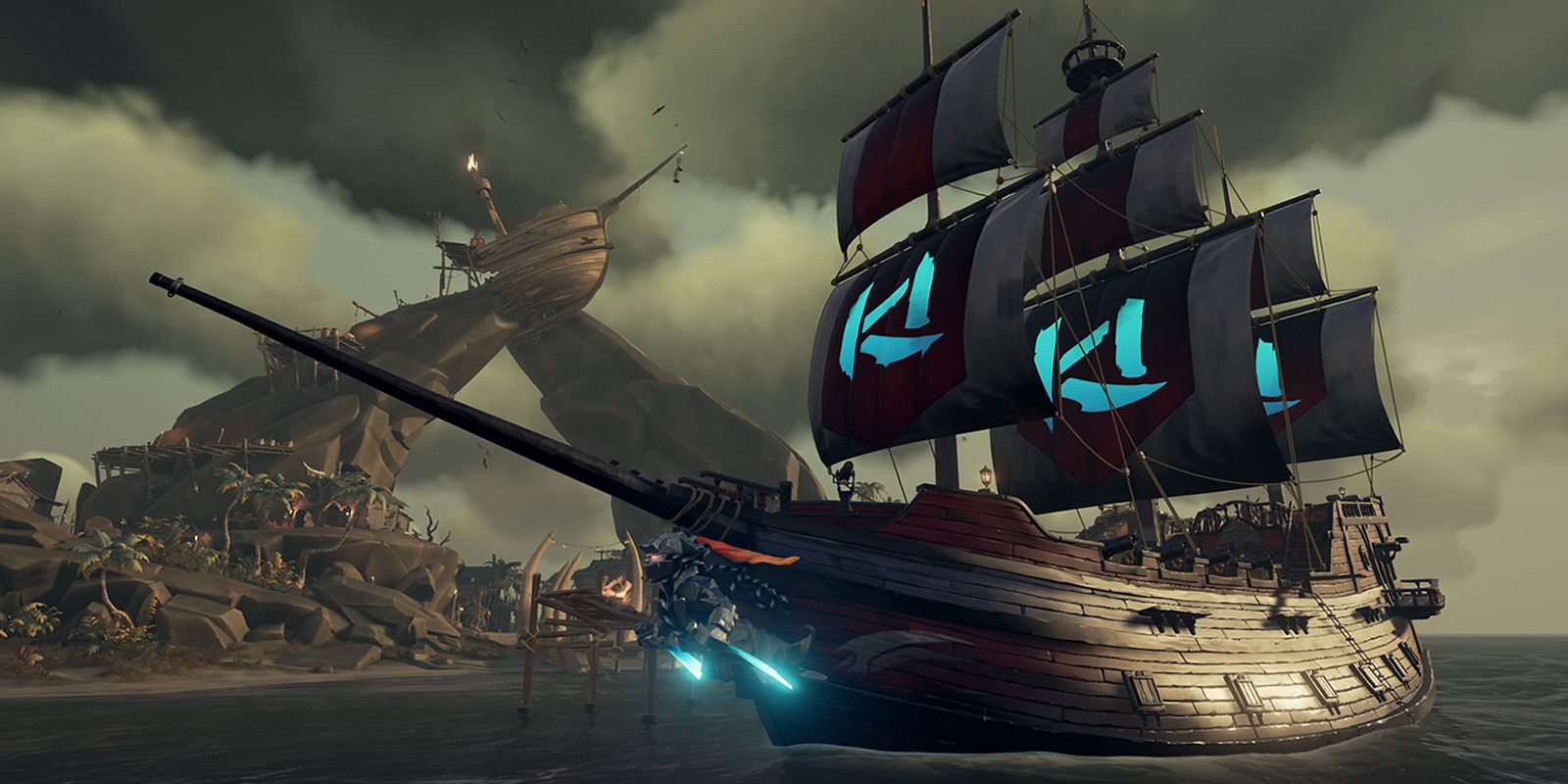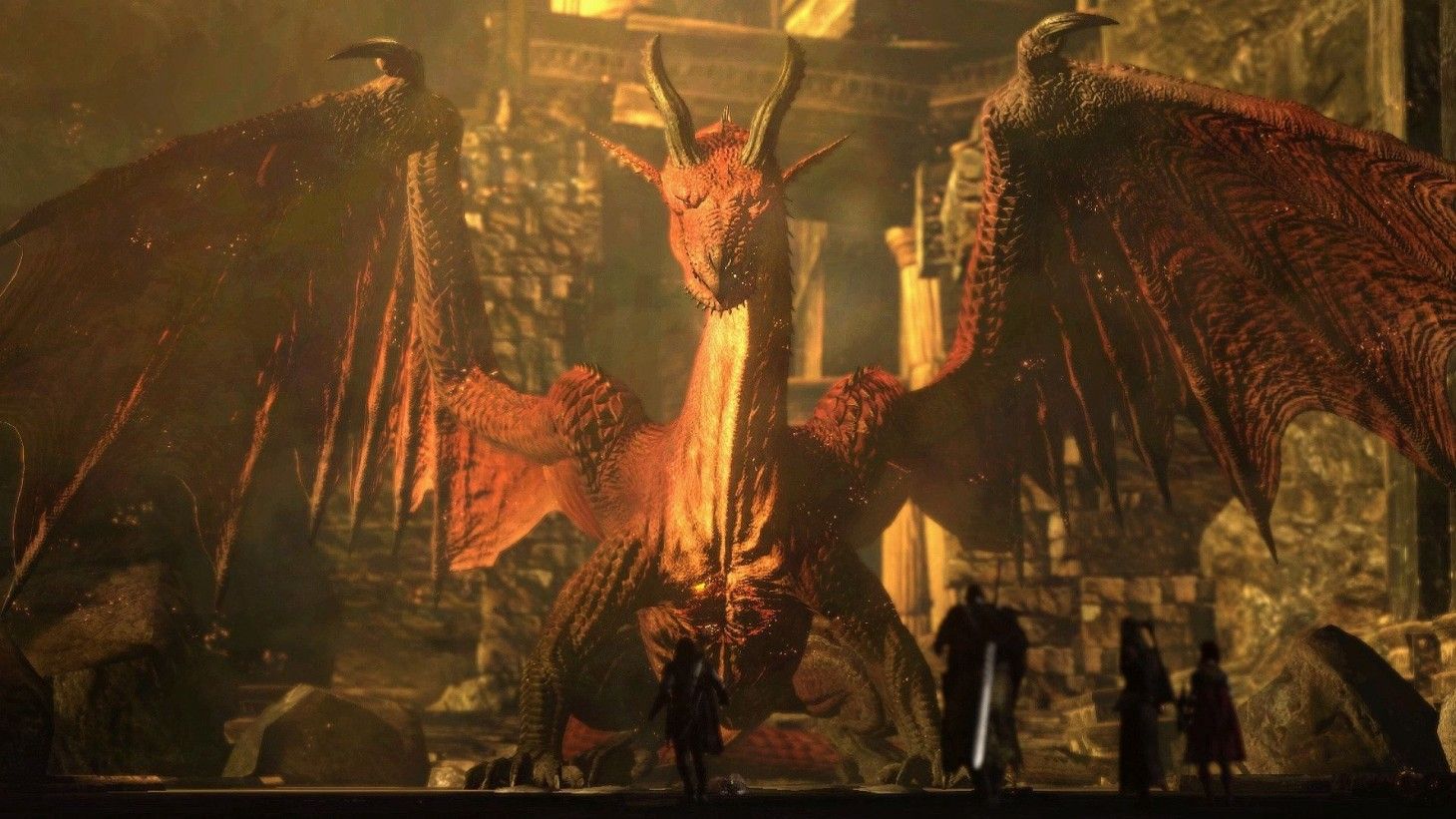One of the best things about being on holiday is discovering a new place. Sure, getting off the plane and slogging your way to a hotel is about as relaxing as dangling your testicles over a shark tank, but there’s something thrilling about it all the same - presumably, this applies to the shark tank thing as well.
We were born into an era without adventurers. We don’t need to create our own maps to get around, and all the world is laid bare, just a few button presses away on your phone. Still, seeing where the nearest train station is, where you need to change, and how many stops you need to count (since you don’t understand any of the words coming over the intercom) - there’s something about it that makes you feel like an adventurer anyway.
A lot of video game creators have forgotten this simple thrill. Or maybe they haven’t forgotten it. Maybe they’re scared of letting go of our hands. How many open-world games have you played where you truly remember large chunks of the world? Go on holiday for a week and you’ll likely have a good map of the area around your hotel in your brain - this road takes you to the beach, this one goes to the local shop, this one winds around to that nice restaurant, and so on. But games? When I try to summon up most game worlds, my brain just returns static.
Give me a massive world full of waypoint markers and I will just go to those markers without thinking. Give me a police station full of zombies, strange contraptions, partial maps, and various cranks and keys, and I will know that police station like it’s my own house. More games should give us navigation tools like maps and compasses and just let us loose on their worlds.
Sea of Thieves is a great example of this. It’s cryptic, there’s a lot of empty space (the sea) so you don’t ever fully know its world, but you navigate by map and compass. No waypoints. This simple decision means the game - and good games are a series of interesting choices - exists in the travel, as well as the destination. Not only are you keeping a lookout for enemies as you go, but you’re working with your team to make sure your ship’s captain is on course. Through prolonged play, you remember the shapes of islands, and where outposts exist in relation to them.
Hideo Kojima tried to make this journey the entire game with Death Stranding, to mixed results. While the endless chatter and cutscenes get in the way of it, there’s a purity to trekking across Death Stranding’s world, finding the best route over dangerous terrain and actually thinking about the lay of the land. In a nice touch, you can mark out your entire route on the map and then walk it yourself. Because you’re the one setting the goals, you take in the topography and consider it, rather than travelling as the bird flies. In Skyrim, you might jump at a mountain until you’re eventually over it, brute forcing the journey to make a beeline for the waypoint. In Death Stranding, the mountains can be scaled, but did you bring the items needed to conquer it, and is it worth the risk? Should you walk around, and will the scenic route take you through enemy territory?
While I can remember a bunch of the holds and towns in Skyrim, I can’t remember much about the spaces in-between. I can picture the mossy rocks, winding rivers, and deep chasms of Death Stranding’s broken America. I even remember where I built bridges and ziplines to make subsequent journeys easier. Skyrim forgot one of the main details that made Morrowind so compelling.
One of the things that got me thinking about this article was a tweet I saw yesterday, itself prompted by another tweet about the cost to travel in an open-world game. The tweet shows Morrowind’s map as a series of silt strider travel networks, like a fantasy take on the London Underground. Just seeing it made memories come flooding back of playing that game as a kid.
I’d never played a game that just dumped you into its world and said “off you go” before. It was freeing. I remember using the physical map included with the game to plot out my journeys. It felt like an entire world that you could spend years in and never see everything it had to offer. But after a while, you start to learn it. You remember what strider takes you where, and which towns it connects to. You start to remember how to reach your favourite cities, dungeons, and NPCs. You can only fast travel if you have the coin and you know where you’re going, like taking a train in real life.
I enjoyed the way Dragon’s Dogma tackled the travel problem, too. You can’t fast travel here until the late-game, and even then, you have to build your own network. I can’t remember the exact number of them, but you get access to these crystals - it’s two or three of them - and you can connect them together to travel between them. You have to manually lug them to where you want to go. I set one up in the main town to the north and another as far south as you can go, allowing me to skip out some of the journey but not all of it. Setting it up was work, and it felt like a treat I’d created for myself when I got the chance to use them, rather than pressing the magical “travel anywhere” button.
Elite Dangerous takes this philosophy of thoughtful travel to space, asking you to map journeys between star systems, while making sure you have enough fuel for the series of jumps, or that you travel via space stations to top up your reserves along the way. You might be out in a literal void, but a pilgrimage to Earth feels more high-stakes than sprinting across a modern open-world map to complete a side mission you’ve already seen twenty variations of. It’s because you’re setting your own missions and plotting your own course. I wish more games made you feel like an explorer.




